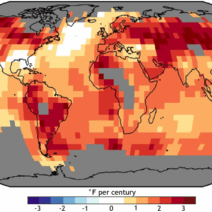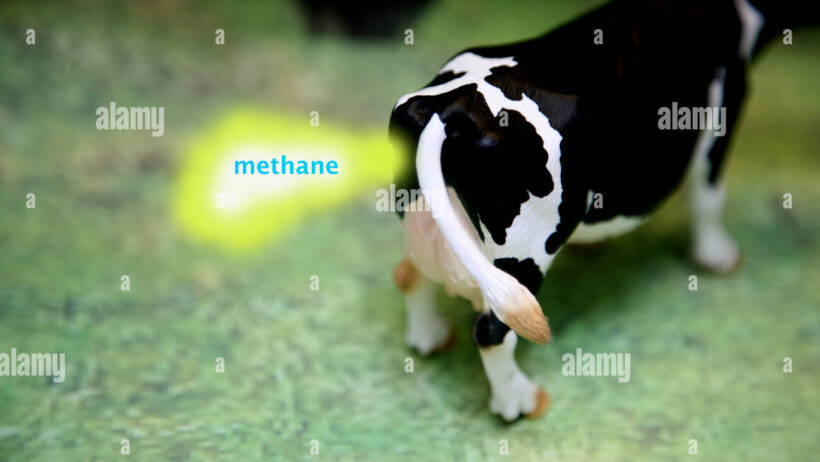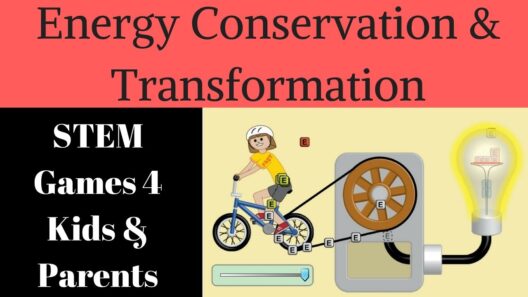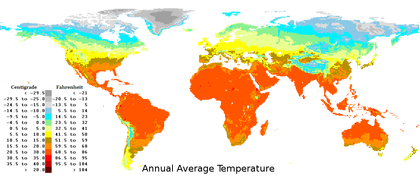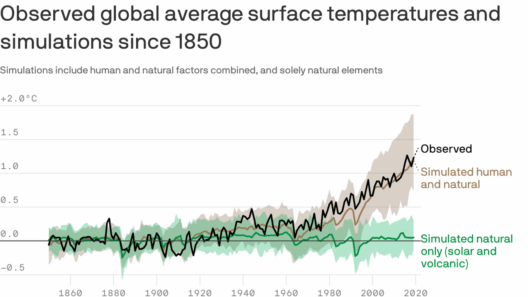The relationship between livestock, particularly cows, and climate change is a topic laden with complexity and gravitas. As the world grapples with its carbon footprint, an often-overlooked contributor emerges from our agricultural practices: methane emissions from cattle. Have you ever considered how the seemingly benign grazing of cows could be a significant player in our warming planet? This conundrum poses a challenge to the way we view livestock farming and its broader implications for environmental sustainability.
Cattle, or cows, are ruminants, which means they possess a unique digestive system that allows them to break down cellulose in plant material. This system includes a four-compartment stomach: the rumen, reticulum, omasum, and abomasum. While this complex digestive process is crucial for their nutrient intake, it also produces methane, a greenhouse gas that is far more potent than carbon dioxide in trapping heat in the atmosphere. The average cow can emit between 70 to 120 kg of methane annually through enteric fermentation, a natural part of digestion. This is not merely a statistical anomaly; it signifies a monumental environmental concern.
Methane has a global warming potential that is approximately 28 times stronger than CO2 over a 100-year period. Yet, it is short-lived in the atmosphere, remaining for about a decade before it breaks down into carbon dioxide and water vapor. However, the immediacy of its potency raises alarm bells. As the human population grows and the demand for beef and dairy products increases, so too does the population of cattle around the world. This growth creates an impetus to understand the “methane factor” in global warming more deeply.
The rise of intensive farming practices has exacerbated the situation. Traditional methods of pasture-raised cattle are being overshadowed by concentrated animal feeding operations (CAFOs). These facilities confine a large number of animals in a small area, maximizing production efficiency but exacerbating methane emissions. The lack of adequate grazing land and high-density populations lead to increased sewage production, further complicating the issue with emissions from manure management. Surprisingly, most people don’t realize that the way we manage livestock can hold significant implications for our climate.
This predicament calls for a multi-faceted approach to mitigate methane emissions. Some scientists and environmentalists are advocating for dietary changes in cattle. Research indicates that by adjusting the composition of their feed—such as incorporating seaweed or certain legumes—methane production can be significantly reduced. This innovative strategy shows promise, as preliminary studies suggest reductions of up to 80% in methane emissions, paving the way for a more climate-friendly agriculture.
Another proactive measure involves manure management. Implementing anaerobic digesters on farms can capture methane emissions from manure, which can then be converted into energy. Not only does this innovative technology reduce greenhouse gas emissions, but it transforms waste into a renewable energy source, showcasing a potential pathway towards sustainability. This dual-benefit approach not only ameliorates the adverse impacts of cattle farming on climate change but also offers alternative energy solutions in a world grappling with energy shortages.
Legislation also plays a crucial role. Stricter regulations on methane emissions could compel agricultural practices to evolve. By incentivizing farmers to adopt greener technologies and methods, governments can help foster an environment where sustainability prevails over mere profit. This shift would necessitate collaboration between policymakers, scientists, and farmers alike, each party playing a unique role in curbing emissions from the agricultural sector.
Moreover, raising awareness among consumers can significantly influence agricultural practices. As people become more educated about the environmental impacts of livestock farming, they may choose to alter their diets. A reduction in meat and dairy consumption could directly lead to decreased demand and, consequently, reduced cattle populations. Do we as consumers have the audacity to ask ourselves how much beef we genuinely need? This introspection could motivate a collective movement towards a more plant-based diet, ultimately reducing the methane burden on our planet.
Furthermore, the concept of agroecology presents an intriguing alternative. By integrating ecological principles into farming practices, this holistic approach prioritizes biodiversity and ecosystem services. Not only can integrating crops and livestock reduce methane emissions, but it may also improve soil health and enhance overall farm resilience. Nature often provides the answers; we merely have to look closely to find them.
The road forward may be fraught with challenges, but innovative farming practices, conscious consumer choices, and effective legislation can pave the way for significant change. Remember, it is not just the beef on your plate; it’s about the environmental legacy we leave for future generations. In this era of climate urgency, we must confront the methane factor head-on. How we manage cattle today will ripple into tomorrow, influencing the magnitude of climate change for years to come.
Ultimately, challenging the status quo can yield favorable outcomes for both agriculture and the environment. The dialogue surrounding cattle and their role in climate change is far from over. In fact, it has just begun. It’s fascinating to think that with informed actions, we might grasp the reins to redefine the narrative. So, the next time you contemplate your meal choices, consider deeply the impact your decisions hold. Can we reshape our agricultural landscape and lessen the methane burden on our planet? The answer lies in our collective commitment to change.
